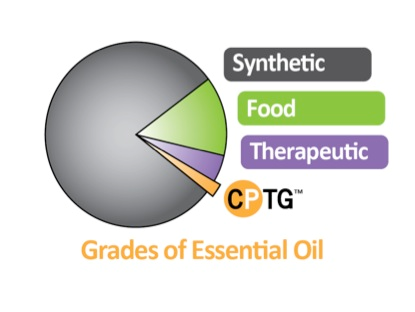
In this work the spherical forms for the Rayleigh scattering and internal coupling parameter were used. We can conclude that the particle has scaling dimensions of D m = 3 and D s = 2.įigure 13b shows the orientationally averaged scattered light intensity for a refractive index of m = 1.6 + 0.0005 i for seven different size parameters hence seven different internal coupling parameters as marked. More generally, the Porod regime exponent is-(2 D m − D s) where D m and D s are the mass and surface scaling dimensions of the particle, respectively. When dealing with structure factors, the power law regime is usually referred to as the Porod regime and the exponent is-( d + 1) where d is the spatial dimension of the particle, typically d = 3. The power law regime has an exponent of −4.


The apparent enhanced backscattering is consequence of the real space cubic lattice spacing of approximately R g/100 that the real space particle was represented on and hence of no consequence. The structure factor shows a forward scattering lobe, a Guinier regime, and a power law regime. The structure factor can be described in a few equivalent ways: it is the square of the Fourier transform of the particle’s structure it is the diffraction pattern for waves emanating from the particle and it is the m → 1.00 limit, hence ρ ′ = 0 limit, for the light scattering from the particle. Before we deal with the light scattering, note that the plot, Figure 13a, displays the structure factor, S( q), of the particle. It also leads to physical interpretation of the scattering mechanism.įigure 13 shows a Q-space analysis of the scattering by agglomerated debris particles calculated via DDA. We shall see that Q-space analysis has descriptive abilities that can compare the similarities and differences of the scattering by different types of particles. We call this procedure of plotting scattered intensity versus q double logarithmically “Q-space analysis”. We must also stress that the logarithmic axis for q is essential as well as q itself because so much of our world progresses geometrically rather than arithmetically. It is also the Fourier variable in the mathematical description of diffraction which is physically demonstrated as the limit where the refractive index of a particle approaches one. Properties that make q a viable independent variable are that its inverse is a length scale that probes the lengths inherent to the particle. This plotting yields a distinctly different perspective than plotting scattered intensity versus linear θ. Where k = 2π/ λ, λ is the wavelength of light, θ is the scattering angle and the scale for plotting should be logarithmic. That is, if the pattern cannot be described, how can one quantitatively describe the scattering pattern and distinguish one pattern from another? Furthermore, if the pattern cannot be described, how can one know the physics responsible for the pattern? However, given a solution or a set of data for scattering, the problem remains what to do with it. Moreover, comprehensive experimental studies of scattering both in the lab and the field have occurred. Nevertheless, remarkable analytical and numerical methods have been developed and computational hardware has allowed for ever increasing speed for large scale calculations. The problem of how spherical particles interact with light was solved long ago on the other hand a solution to describe and understand light scattering and absorption by non-spherical particles can be very challenging. All these particles scatter and absorb light and this light-particle interaction is significant for the energy budget of the atmosphere and the Earth itself.

The particles that appear in the atmosphere have a variety of shapes that can be simply divided into spheres and non-spheres.


 0 kommentar(er)
0 kommentar(er)
